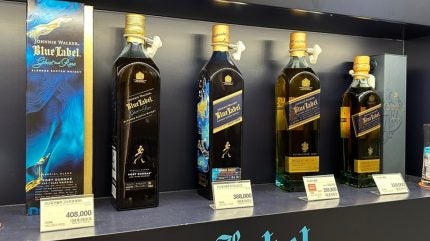
Diageo CEO Debra Crew has sought to emphasise the group’s “return to growth” but, as one analyst put it, a $200m profit risk from potential US tariffs “pooped the party”.
The group’s first-half results arrived hot on the heels of President Trump’s announcement of a one-month pause to tariffs on imports from Mexico and Canada.

Diageo CEO Debra Crew has sought to emphasise the group’s “return to growth” but, as one analyst put it, a $200m profit risk from potential US tariffs “pooped the party”.